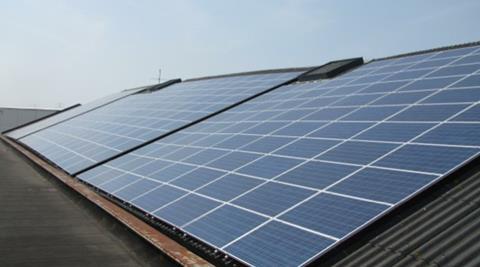Combining solar development and horticulture could see enhanced yield and diversified income for growers

A recent report has revealed the enormous potential for integrating solar production alongside horticulture in Australia using Agrivoltaics. Agrivoltaics (also referred to as ‘agrisolar’) refers to co-locating agricultural production systems with solar development.
The report presented a promising pathway for growers, solar developers, and governments, provided it is well planned and executed.
The report, Pursuing an Agrivoltaic Future in Australia, gathered insights from growers, government representatives, consultants, researchers, and solar developers, on the challenges and opportunities of agriculture and solar developments.
Karin Stark, director of Farm Renewables Consulting and co-author of the report said, agrivoltaics was certainly feasible in Australia but change was required for future solar developments to succeed.
“International studies have highlighted several benefits associated with this approach, such as enhanced crop yields in the case of certain produce like berries, fruit trees (apples, pears, and soft fruits), asparagus, garlic, hops, and leafy greens,” said Stark
“Overseas research has indicated advantages including increased soil moisture, reduced irrigation demands, protection from excessive heat, and safeguarding against frost and hail damage.”
In contrast to established practices abroad where solar integration with horticulture and broadacre cropping has proven successful, this remains an emerging field in Australia.
Agriculture Victoria’s trial of solar panels over part of a pear orchard at its Tatura SmartFarm is one of the only local examples.
The authors found adoption has been slow, because of knowledge gaps, technical and economic impediments, poor planning, and a lack of clear policy guidance at the development stage.
The report underscored the need for research and demonstration sites, supportive policy, and knowledge sharing to pave the way for adoption of agrivoltaics in Australia on a significant scale.
“In Australia, enabling more farmers to contribute renewable energy into the distribution network not only diversifies their income base but also grants them a stake in shaping the evolving energy landscape,” the report said.
It called for the Australian government to provide funding and incentives to develop best practice guidelines for developers, operators, and farmers for successful agrivoltaics adoption.
As well as collaboration with the renewables industry to co-invest in ongoing essential research into agrivoltaics in different areas marked for solar development, and for different farming systems such as grazing, viticulture, and horticulture.



